On Veteran's Day we honor our military veterans. Like our bees, they work hard and make contributions that many of us take for granted. In recognition of their service, some agricultural and beekeeping organizations provide financial support and training to veterans who would like to make beekeeping their profession.
Our central California weather is conducive to year-round honey bee activity, so including plants that are blooming on Veteran's Day in your bee garden will support honey bees and the occasional native bee that may still be active. On any sunny day with temperatures over 55 degrees Haven visitors will see bees in the garden. Here are some of the red, white, and blue flowers you'll see them foraging on this time of year:
Red (bees do not see red but will use these flowers):
Autumn sage (Salvia greggii) cultivars ‘Hot Lips' and ‘Lipstick'
Zinnia (Zinnia elegans)
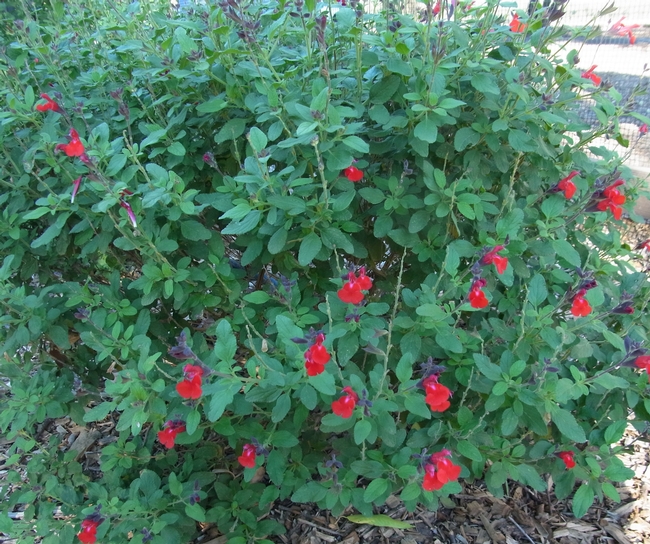
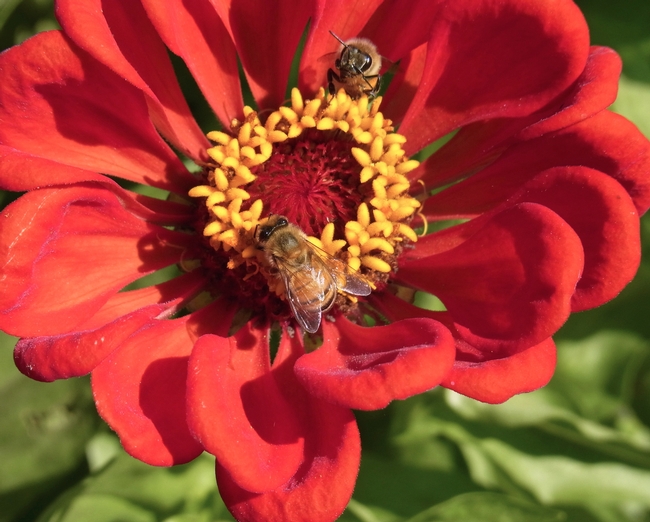
White:
Gaura (Gaura lindheimeri)
Zinnia (Zinnia elegans)
California buckwheat (Eriogonum fasciculatum)
Early-blooming manzanitas (Arctostaphylos spp.). The cultivars ‘White Lanterns' and ‘Howard McMinn' are the two earliest bloomers at the Haven.
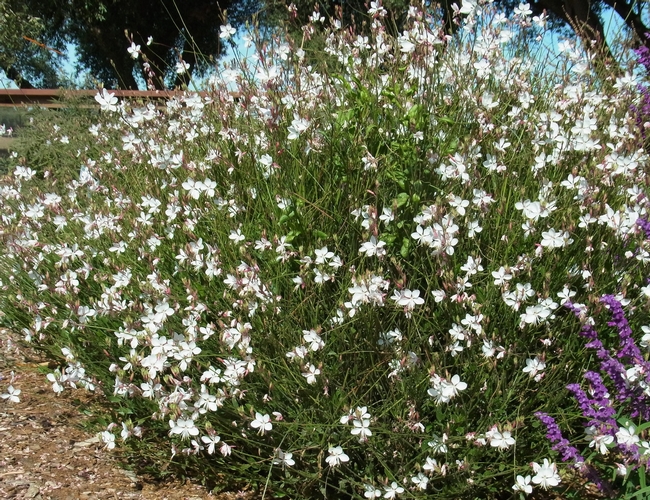
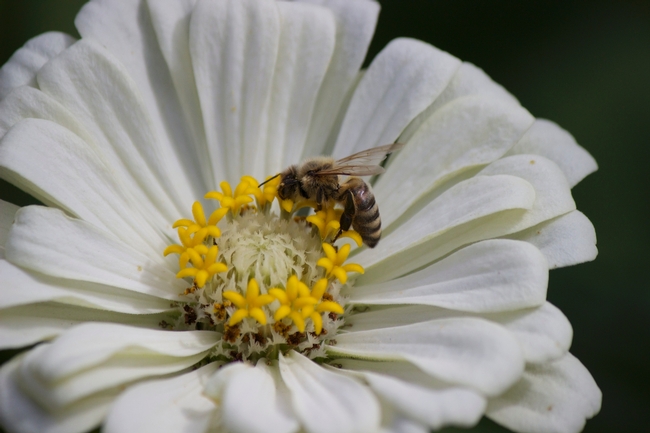
Blue (shades of blue to purple):
Bush germander (Teucrium fruticans)
Rosemary ‘Mozart' (Rosmarinus officinalis ‘Mozart'); this rosemary cultivar has outstanding deep purple flowers
Mexican sage (Salvia leucantha); give it space, as it can reach up to eight feed wide in bloom
Aster (New World species are now in the genus Symphyotrichum, while Old World species remain in the genus Aster). All of the Haven's asters are New World species.
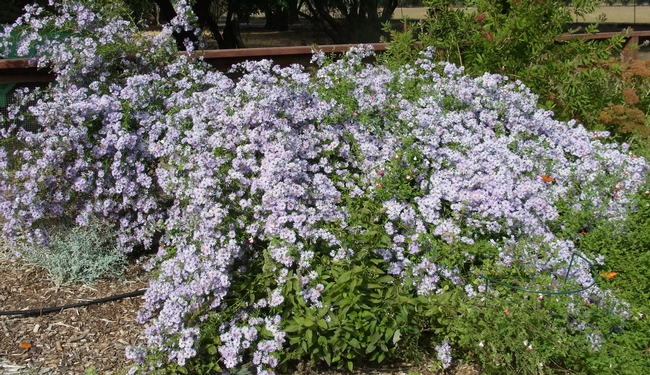
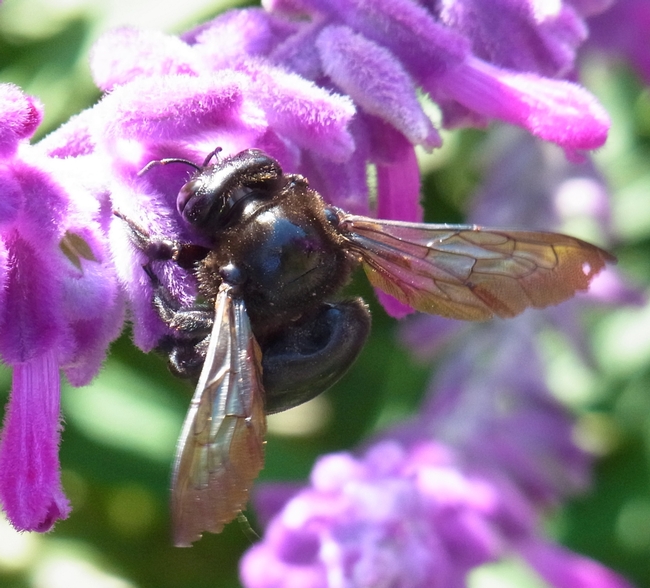
Click here see a complete list of plants in the Honey Bee Haven.